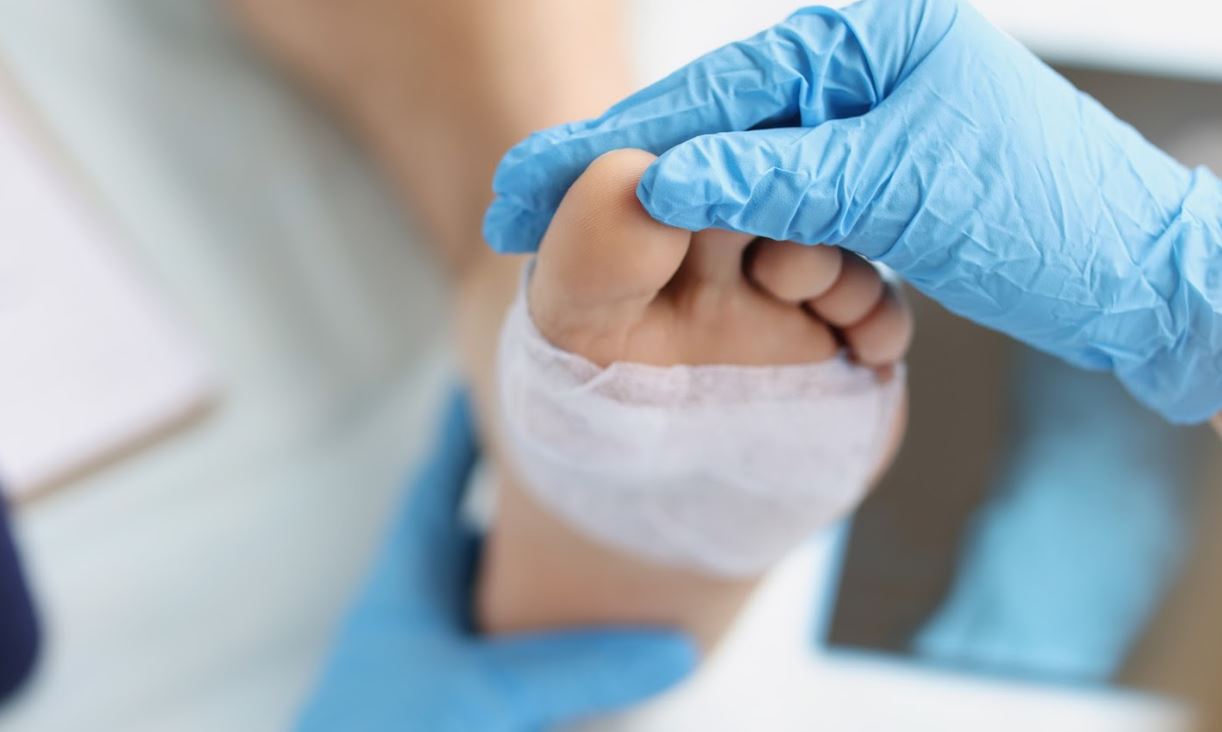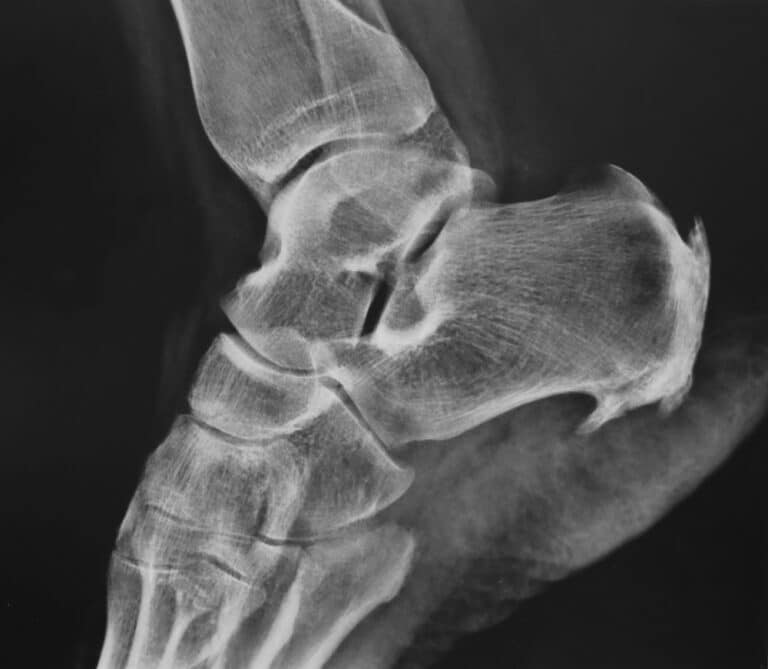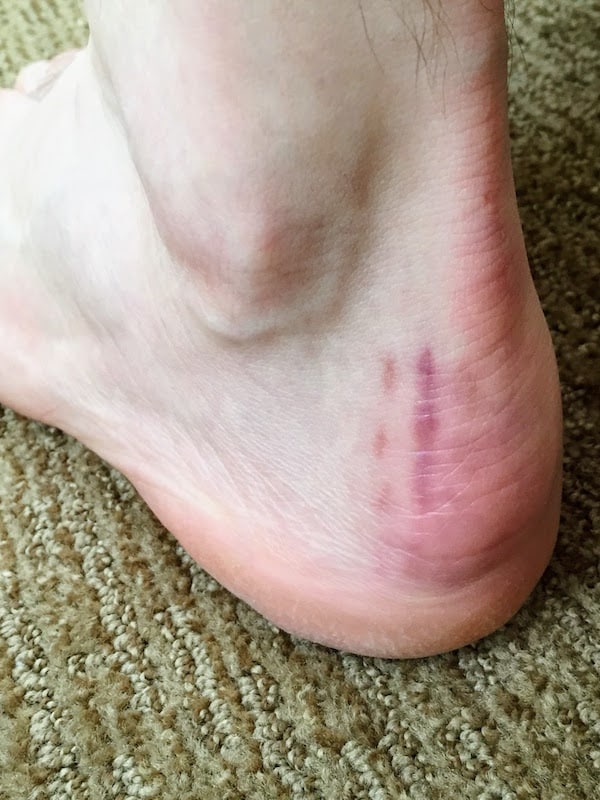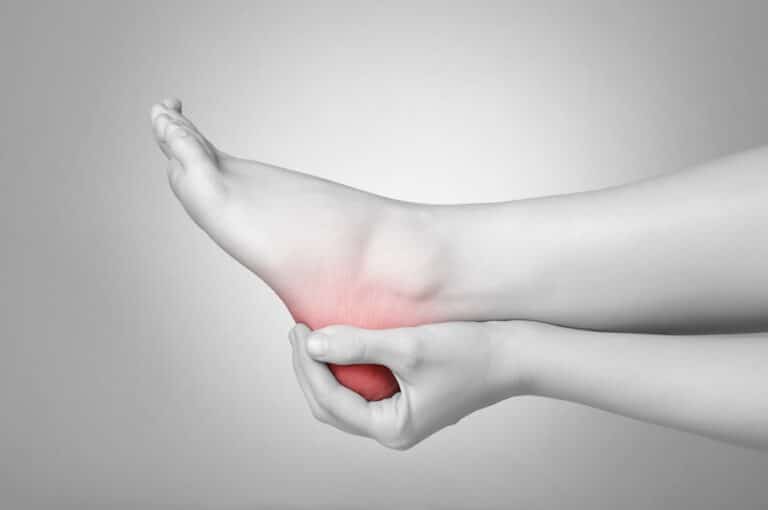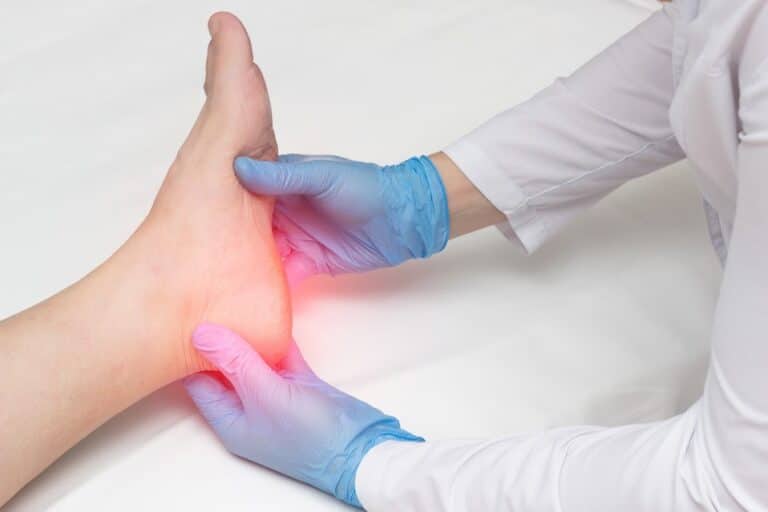Those with stubborn and painful corn problems often choose to undergo a corn removal surgery to help them get rid of corns permanently. If you’re considering it as well, you must be wondering about the corn surgery recovery process – and we are here to provide you with all the necessary information.
Get a 10% Discount on Corn Removal Surgery
Corn Surgery Recovery: Tips for a Swift and Smooth Healing Process
- Follow post-operative instructions: Carefully follow the instructions provided by your surgeon or healthcare provider. They may include information on dressing changes, medication usage, weight-bearing restrictions, and specific care instructions.
- Keep the area clean and dry: Keep the surgical area clean and dry to minimize the risk of infection. Follow any instructions regarding wound care and dressing changes provided by your healthcare provider.
- Elevate your foot: If the corn surgery was performed on your foot, elevate your foot to reduce swelling and promote blood circulation. Place a pillow or cushion under your foot while sitting or lying down.
- Take pain medication as prescribed: If you experience pain or discomfort, take the prescribed pain medication as directed by your healthcare provider. Avoid self-medicating or exceeding the recommended dosage.
- Wear appropriate footwear: Depending on the type of corn surgery you had, your healthcare provider may recommend specific footwear or orthotics to support the healing process. Follow their recommendations to ensure proper foot support and reduce pressure on the surgical area.
- Avoid excessive pressure or friction: To prevent the development of new corns or irritation to the surgical area, avoid activities or footwear that may cause excessive pressure or friction. Opt for loose-fitting, comfortable shoes that don’t rub against the surgical site.
- Limit weight-bearing activities: Your healthcare provider may advise you to limit or avoid weight-bearing activities for a certain period after corn surgery. Use crutches, a cane, or other assistive devices as recommended to minimize pressure on the surgical area.
- Gradually increase activity levels: As you progress through your recovery, gradually increase your activity levels according to your healthcare provider’s guidance. Start with gentle exercises and gradually increase intensity and duration.
- Attend follow-up appointments: Keep all scheduled follow-up appointments with your healthcare provider. These appointments are crucial for monitoring your progress, removing stitches if necessary, and addressing any concerns you may have.
- Communicate with your healthcare provider: If you experience unusual pain, swelling, redness, or signs of infection at the surgical site, contact your healthcare provider immediately. Prompt communication is essential to address any potential complications.
How Long Does the Corn Surgery Recovery Last?
The healing time will depend on the complexity of the surgery itself, the expertise of a doctor, as well as potential complications that can develop. The recovery time typically lasts between six weeks and three months. After this period ends, it’s important to avoid causing any friction or pressure on the area where corn was formed to prevent it from recurring.
Will You Feel Pain After the Surgery?
Pain is one of the common side effects of the surgery, but keep in mind that it should be easily manageable with the pain medication prescribed by your doctor. However, heightened pain that doesn’t go away after some time is a red alert since it can be a sign of a postoperative infection. In that case, you should schedule a visit with your doctor as soon as possible.
What Kind of Care Should You Have Right After the Procedure?
For starters, you should keep the operated region clean but dry, which means you should avoid soaking the operated foot for at least two weeks after surgery. In some cases, doctors will provide you with a special postoperative shoe, able to provide you with the right support and keep the operated region damage-free.
In order to reduce the swelling, you should rest as much as possible and elevate the foot several times during the day for a few minutes. You’ll be able to go to work after a couple of weeks but keep in mind that you need to avoid hard physical activities (even long walks) until your doctor says otherwise.
What Are the Long-Term Recovery Procedures?
Once your doctor gives you the green light, you’ll be able to put more pressure on your feet. However, you must do that with properly fitting shoes if you don’t want to experience recurring corns. They need to provide the right support and be made from more flexible materials, so you can avoid excessive pressure and friction. You should also hydrate your skin as much as possible and apply moisturizers to make the skin on your feet softer.

Do Diet and Nutrition Play a Significant Role in Your Recovery Process?
Overall, while diet and nutrition may not directly affect the recovery process after corn removal, consuming a healthy, well-balanced diet and staying hydrated may support overall health and aid in healing. Still, it is always recommended to speak with a healthcare provider before making any significant changes to your diet or nutrition plan.
Discuss Corn Surgery Recovery With Your Surgeon in Miami
If you wish to have your corn surgically removed, you need to get all the information about the procedure and recovery process – and our team at Luxe Foot Surgery can provide you with it. Not only will we help you understand every step of the procedure, but we’ll also provide clear postoperative instructions to shorten your recovery time as much as possible. If you have yet to choose your doctor, don’t hesitate to contact us and book your free consultation.
What Is Corn Removal Surgery?
Corns are usually defined as tiny areas with thickened, built-up skin formed due to excessive pressure and friction during activities such as walking, running, or sometimes even standing. There are three different types of foot corns depending on their anatomy and area of their development:
- Hard corns – formed on the top of the toes and the side of a small toe,
- Soft corns – developed between toes,
- Seed corns – located on the bottom of the feet.
They can be very painful and cause a lot of discomfort, making people think about undergoing a suitable surgical procedure in order to remove them efficiently and quickly. The surgery is performed as an outpatient procedure, during which the surgeon will make a small incision and remove the corn and its core.
Who Is a Good Candidate?
All those with persistent foot corn problems can be good candidates for corn surgery removal as long as they have good overall health. People who have tried some conventional home treatments and didn’t see the results should look for a nearby corn removal clinic. However, if a corn is causing you a lot of pain and discomfort, or you have some medical condition that puts you at a greater risk of infection (such as diabetes), then you should visit a medical expert as soon as possible.

FAQ
Can You Walk After Having a Corn Removed?
After the surgery, it’s advised to avoid putting pressure on your operated foot for at least two weeks, sometimes even more. During this period, you’ll likely wear specially designed postoperative shoes that will protect the incision.
What to Do After a Corn Is Removed?
After the corn is removed, you need to avoid putting pressure and creating friction on the operated area to prevent the corn from recurring. You should also moisturize the area regularly and buy supportive and properly fitting shoes.
What Happens to the Hole After Corn Removal?
After the surgery, you may be left with a little hole at the place where the corn core was. However, it will heal over time – your body will fill it up with new, healthy tissue.
How Long Does Corn Surgery Take?
Although the exact duration of the surgery depends on the type of corn and technique used, this procedure usually doesn’t last longer than an hour. Additionally, keep in mind that it’s an outpatient procedure, which means you’ll be able to go home soon after the surgery is done.
References
- Timonium Foot and Ankle Center. Corn Removal Surgery [Internet]. Timonium Foot and Ankle Center. [Accessed on April 21, 2023]. Available from: https://timoniumfootandankle.com/corn-removal-surgery/
- Manhattan Foot Specialists. Corn Removal Surgery NYC [Internet]. Manhattan Foot Specialists. [Accessed on April 21, 2023]. Available from: https://www.footdoctorpodiatristnyc.com/procedures/corn-removal-surgery/
- The Whiteley Clinic. Treatment for corns and calluses [Internet]. The Whiteley Clinic. [Accessed on April 21, 2023]. Available from: https://thewhiteleyclinic.co.uk/conditions/corns-and-calluses/treatment/#
